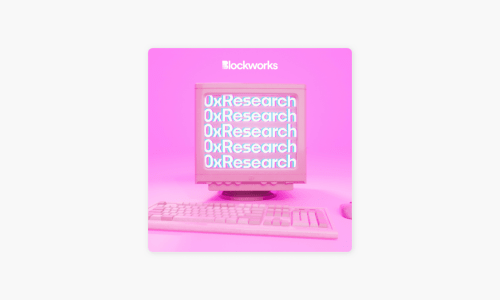See all 0xResearch transcripts on Applepodcasts

Ambient: Building The On-Chain Venue for Price Discovery | Doug Colkitt
1 hours 32 minutes 23 seconds
🇬🇧 English
Summaries Topics Transcript Chapters Titles Socials Twitter Blog Post Newsletter Quotes Quizzes Ask ChatGPT

Omnivision Solutions Ltd